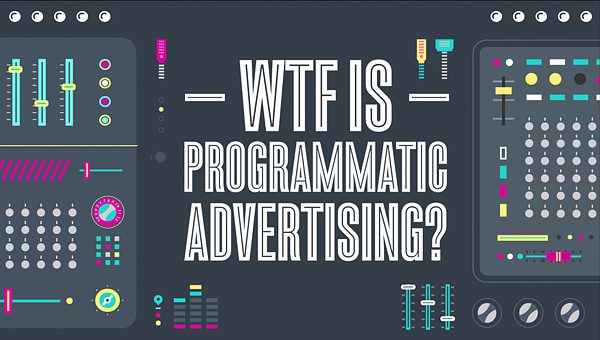If you read Part 1 of this programmatic TV series, you probably already understand that programmatic TV offers many benefits such as lower costs, the ability to integrate third party data for more granular targeting and a more automated media process. You might already be considering it as a saving grace for your TV buys. After all, why spend countless hours building out RFPs, evaluating and negotiating TV buys when you can leverage a platform and flip a switch? Despite the convenience of buying TV programmatically, there are some downsides that also need to be considered before diving into the deep end.
National TV Buys:
If you are looking to run programmatic TV as a substitute for national TV buys, you need to know that it is not currently possible. Programmatic TV inventory is purchased two ways: through aggregated local broadcast networks or through unsold inventory from the cable providers. For cable networks, platforms may only be running inventory through DISH or Comcast, but not running DirectTV or Spectrum. This creates gaps in your national footprint especially in regions that only have smaller cable providers. Those gaps can’t be tracked through the platforms because they can’t divulge which cable providers are their inventory sources. For broadcast, brands can target specific DMAs but some of the smaller markets don’t have the capability to push unsold inventory into a programmatic platform. With a direct buy, those spots are streamed directly from the network before it hits the cable providers or local stations so it’s a guaranteed national buy.
Program Specific Targeting:
Programmatic TV campaigns also have disadvantages from a content perspective. Platforms running across cable networks can only segment TV buys into dayparts rather than targeting specific shows. Marketers have to run within that 3 – 4 hour daypart window instead of specifying the content that they want to align with. That can only be done through direct relationships which may present a challenge depending on the channel. If your messaging relates more to viewership of a specific show or a show indexes higher for your specific audience, it will be more beneficial to negotiate direct buys to avoid missing valuable viewers.
Available Inventory:
The only thing worse than missing your viewers is not having your media run altogether. Programmatic TV inventory is not guaranteed because it’s unsold inventory. That means if it is a highly sought after daypart or holiday season, inventory will be limited and there is a chance that your spots won’t air. This can have significant impacts, especially if you are using programmatic TV for micro-initiatives in specific markets with expiring promotions. With direct buys at a national or local level, those spots are guaranteed. Running 100% of TV on unsold inventory can impact branded search, organic traffic, remarketing pools and sales as a result.
With every media channel, there are two sides. Publisher direct buys are guaranteed but more expensive. Programmatic TV is more efficient but is not guaranteed. If you are looking at programmatic TV as supplemental support, it’s a good option to increase efficiency, but there are some fuzzy areas when looking at those campaigns. So, before you start your programmatic TV campaigns, tune in next time to learn more about the grey areas to running programmatic TV campaigns. Same M2i time. Same M2i channel.
Contact us to find out if programmatic TV is right for you.









